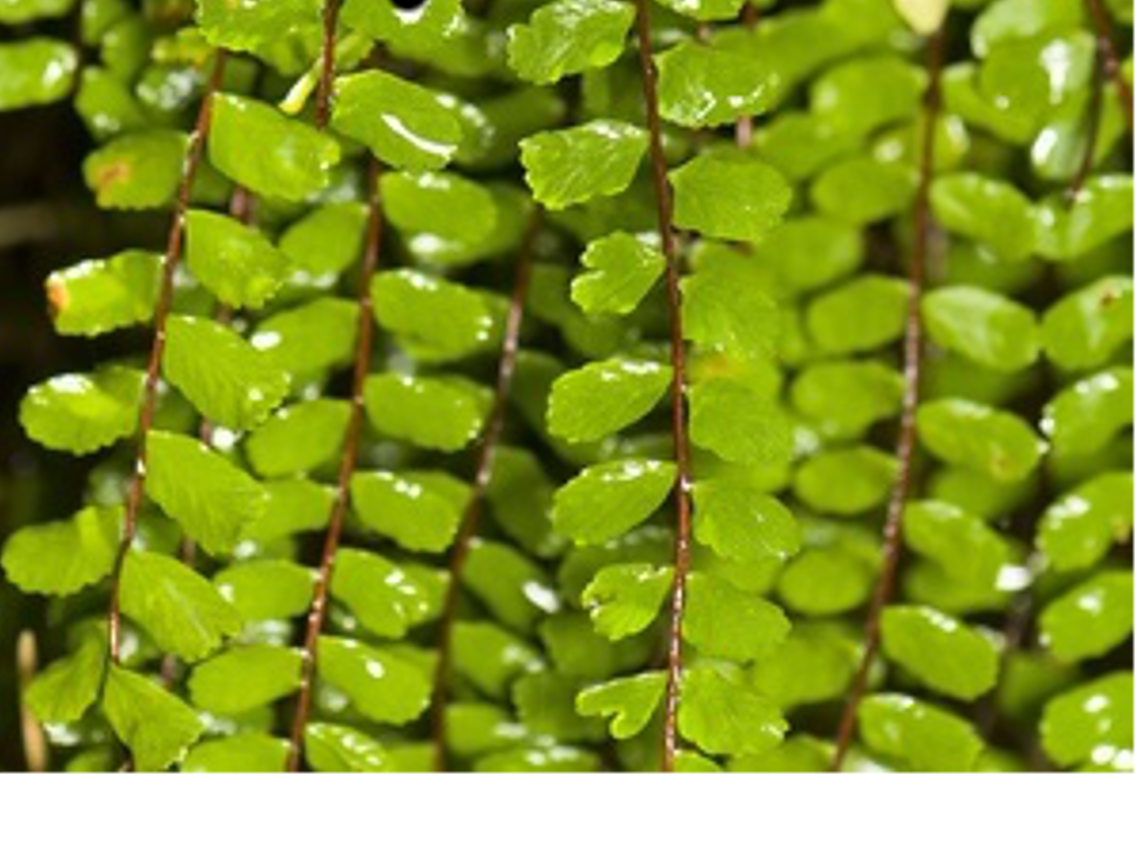Cuti Cuti - Lunulate Spleenwort

Common Names: Cuti Cuti, Cuti, raqui-raqui, kumu-kumu, sano-sano, culantro pusu, shapumbila, Lunulate Spleenwort, Asplenium lunulatum, spleenwort, globally: spleenwort fern, Latin: Asplenium lunulatum, Peruvian spleenwort, medicinal spleenwort
Latin Name: Asplenium lunulatum
Origin: South America
Short Introduction
As a plant native to the Peruvian rainforests, there is no available literature on the large-scale cultivation of this species.
Detailed Description
A Peruvian fern prized for its anti-inflammatory and antioxidant properties.
Botanical Information
Cuti Cuti, Lunulate Spleenwort (Asplenium lunulatum), is a small, perennial fern featuring an upright rhizome. It prefers shady and humid habitats within rainforest environments. The fronds can grow up to 8 cm long, displaying elongated, dark brown, lance-shaped margins. The foliage is hairless, tufted, and can proliferate, growing straight or arched. The petioles are short, and the plant occurs in both diploid and tetraploid forms.
Origin and Distribution
This fern is a common component of herbal medicine in Colombia, Venezuela, Bolivia, and Ecuador. Native to the evergreen, moist rainforests of South America, it thrives at elevations from 250 to 1900 meters above sea level, often near waterfalls. Its distribution extends globally, with a notable presence in Africa (Angola, Kenya, Mozambique, Tanzania, Uganda, Zimbabwe, South Africa, Swaziland).
The Asplenium genus is globally widespread, with many species known under various names and forms. Historical references mention usage by the ancient Greek physician Dioscorides, who, in his work De Materia Medica (40–90 AD), described a similar fern as a medicinal herb for chest poultices in lung or bronchial inflammation. In France, a related fern is made into 'Sirop de Capillaire,' an herbal syrup for respiratory catarrh.
Usage / Dosage
Traditional South American medicine uses cuti cuti for inflammation of the pancreas, to help regulate blood sugar levels (including diabetes), for overweight and metabolic disorders, as well as for irregular menstruation, respiratory inflammations (including cough), flu, colds, to prevent viral infections, and in the treatment of malaria. Infusions are prepared to help lower high blood sugar, support pancreatic cell regeneration (including the management of inflammation and tumors), purify the blood, and ease expectoration even in chronic coughs, due to mucilage content.
Other cultures value Cuti Cuti for fever management, pancreatic support, certain mild forms of diabetes, metabolic disorders, and to aid weight loss in obesity. It is also recommended for irregular menstruation, respiratory issues, and fever.
Active constituents—such as stilbenes, coumarin derivatives, naphthoquinones, and specific flavonoids—are believed to lower elevated plasma glucose, assist in pancreatic cell regeneration, provide anti-inflammatory activity, and exhibit both expectorant and antioxidant effects. These effects have been confirmed in research on compounds also present in Cuti Cuti herb.
Active Compounds
The above-ground parts of Cuti Cuti contain stilbenes, amino acids, flavonoids (notably acacetin), tannins, xanthines, naphthoquinones, mucilage, as well as p-coumaric and coumarone acids and related derivatives.
Traditional Dosage
English sources recommend boiling 2 tablespoons of dried material in 500 ml water for 5 minutes, then allowing it to steep overnight. Drink one cup twice a day, preferably before meals.
An alternative method is to simmer 1 tablespoon of the dried herb in 1 liter of water over low heat for 15–20 minutes. Strain and drink one cup, three times a day. Another source suggests using about 10 grams of dried herb following a similar process.
Daily dosage should not be exceeded. Not recommended for pregnant or breastfeeding women and children under 3 years old. Store in a cool, dry, and dark place.
